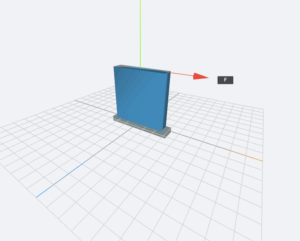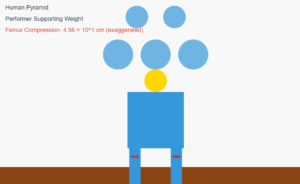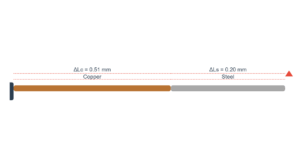This simulation demonstrates how pressure increases with ocean depth and its effect on water compression, as described by the bulk modulus.
Where:
p = pressure (Pa)
h = depth (m)
ρ = density (kg/m³)
g = acceleration due to gravity (10 m/s²)
Where:
ΔV/V = fractional volume change
B = bulk modulus (N/m²)
The bulk modulus measures a substance's resistance to uniform compression. For water, it's approximately 2.2 ×10⁹ N/m².
Example: At 3000m depth in the Indian Ocean, water compresses by about 1.36%.
Example
Question:
The average depth of Indian Ocean is about 3000 m. Calculate the fractional compression, \(\Delta V/V\), of water at the bottom of the ocean, given that the bulk modulus of water is \(2.2 \times 10^9\,\mathrm{N\,m^{-2}}\). (Take \(g = 10\,\mathrm{m\,s^{-2}}\))
Solution:
The pressure exerted by a 3000 m column of water on the bottom layer is
\[
p = h\rho g = 3000\,\mathrm{m} \times 1000\,\mathrm{kg\,m^{-3}} \times 10\,\mathrm{m\,s^{-2}}
= 3 \times 10^7\,\mathrm{N\,m^{-2}}
\]
Fractional compression \(\Delta V/V\) is:
\[
\Delta V/V = \frac{\text{stress}}{B} = \frac{3 \times 10^7\,\mathrm{N\,m^{-2}}}{2.2 \times 10^9\,\mathrm{N\,m^{-2}}}
= 1.36 \times 10^{-2} \text{ or } 1.36\%
\]



